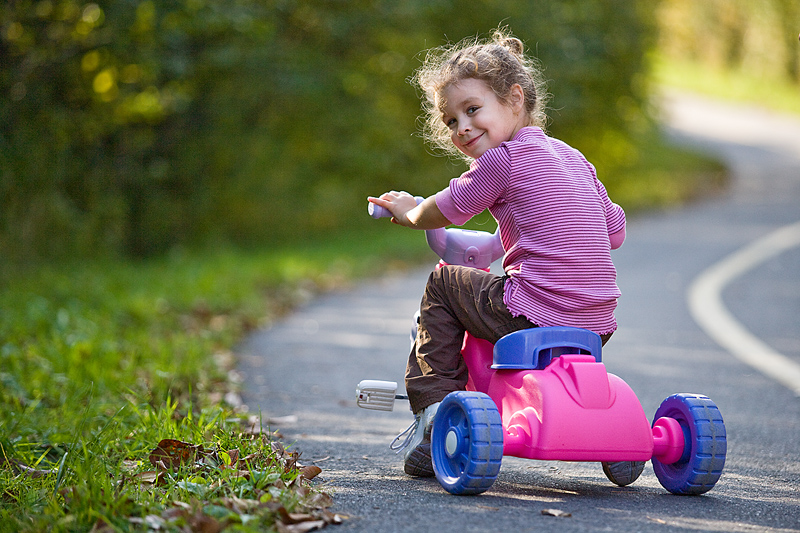
TUESDAY, Oct. 29 (HealthDay News) — Children and teens who spend twice as much time playing organized sports — especially a single sport — than they do in free play are more likely to be injured, according to new research.
“These injuries are purely from the amount of exposure without sufficient rest periods,” said lead study author Dr. Neeru Jayanthi. “They’re performing at adult levels in a child’s body — in a young, developing body. The constant use of the same parts of the body puts the same stress on the same part of the body over and over again.
“We looked at how much organized sports kids were playing compared to how much they played for fun,” added Jayanthi, medical director of primary-care sports medicine at Loyola University Health System, in Chicago. “When that ratio got above 1.9 to 1 [favoring organized sports], the risk of injury went up.”
The study included more than 1,200 children between the ages of 8 and 18. Slightly more than half were boys, and about two-thirds of the group had sustained an injury.
The injured athletes were slightly older, with an average age of 14 years compared to 12.9 years for the non-injured athletes, and they spent more time in sports activities.
The rate at which children or teens were growing didn’t appear to have an impact on injury risk, according to the study.
The researchers found that athletes spending more time focusing on one sport were more likely to have been injured. This was true even after the researchers adjusted the data to account for age and more hours engaged in activity per week.
Children who spent more hours per week engaged in physical activity than their age were also more likely to be injured, according to the study. That means if your child is 10, he or she shouldn’t participate in more than 10 hours of physical activity weekly — including both organized sports and free play, Jayanthi said.
Jayanthi was scheduled to present the study’s findings Monday at an American Academy of Pediatrics meeting in Orlando, Fla.
Because this study was presented at a medical meeting, the data and conclusions should be viewed as preliminary until published in a peer-reviewed journal.
Dr. Dennis Cardone, chief of primary-care sports medicine at NYU Langone Medical Center in New York City, said overuse injuries crop up more often with increased sports specialization.
“Growing up, most people who are parents now went out to the park with their friends and played multiple sports throughout the year,” Cardone said. “Without a coach or parents telling them what to do, kids will stop when they want to.”
In addition to avoiding overuse injuries, Cardone said, it’s important for kids to have time to develop their social skills and spend time just being a kid. “If you’re specializing in a sport multiple hours a day, you may be missing out on being a kid,” he said.
“The likelihood that any child is going to be the next Serena Williams is small,” he said. “And specializing too early may cause harm. Physically and emotionally, there are consequences.”
Jayanthi agreed. “In today’s world, specialization may be necessary if you want to get a college scholarship, but don’t start specializing until mid-adolescence or later,” he said. “Early introduction to sports is fine, but don’t specialize until later.”
If your child is specializing in a sport, Cardone said, try to limit their involvement to three or four days a week at most, and to just seven or eight months a year. “They need time away from the sport,” he said.
Jayanthi said doctors are encouraging athletes to limit the number of months they compete during the year. “Even professional athletes don’t compete all year,” he said.
Both experts encouraged parents to send their kids out for more free play.
More information
Learn more about overuse injuries in children from the American Academy of Orthopaedic Surgeons.
Copyright © 2025 HealthDay. All rights reserved.

